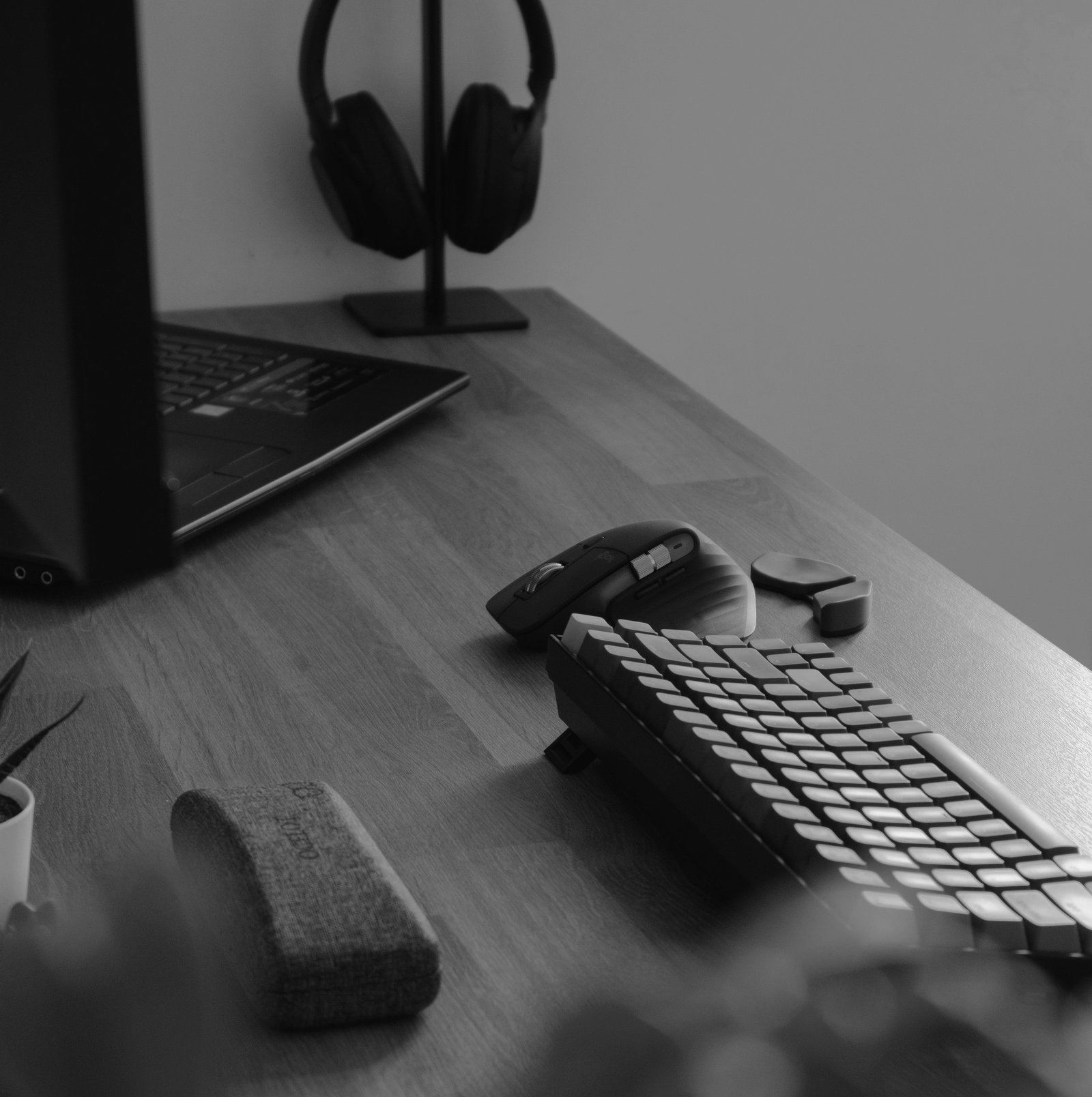Improve Shopify Website Speed: 5 Essential Optimization Steps for Faster Loading
Publish at: June 5, 2023 Author: adminIn the highly competitive world of e-commerce, the speed at which your website loads plays a critical role in customer satisfaction and conversion rates. A slow-loading website can lead to increased bounce rates and lost sales opportunities. To ensure optimal performance and a seamless user experience, it is essential to optimize the loading speed of your Shopify website. In this blog post, we will guide you through five fundamental steps to optimize your Shopify website speed, including image optimization, cache usage, software updates, and the utilization of speed-boosting applications.
- Image Optimization: Images are an integral part of any e-commerce website, but they can significantly impact loading times if not optimized properly. By compressing images without compromising quality, you can significantly reduce their file size, leading to faster loading times. Consider using image optimization tools or Shopify apps like Nitro Boost or Crush.pics to automatically optimize and compress images on your website.
- Cache Usage: Caching is a technique that stores frequently accessed website data, such as HTML, CSS, and JavaScript files, to reduce server load and improve loading times. Enabling caching on your Shopify website ensures that returning visitors can access the cached data, resulting in faster page rendering. You can leverage caching applications or plugins like PageSpeed Optimizer to automatically implement caching mechanisms on your Shopify website.
- Software Updates: Regularly updating your Shopify software, themes, and plugins is crucial for maintaining optimal performance and security. Software updates often include bug fixes, performance enhancements, and new features that can contribute to faster loading times. Keep an eye on updates provided by Shopify and theme/plugin developers and ensure you are running the latest versions to take advantage of speed improvements.
- Speed-Boosting Applications: Shopify offers a range of speed-boosting applications designed to enhance website performance. Turbo Boost, a Shopify-developed application, is specifically designed to improve speed and optimize page loading. Other third-party applications like Minifier or Lazyloading can further optimize CSS, JavaScript, and HTML files or load content progressively to improve initial load times. Explore the Shopify App Store to discover more speed-boosting applications that suit your specific needs.
- Monitoring and Optimization: Once you have implemented the necessary optimization steps, it is crucial to monitor and measure the performance of your Shopify website. Use tools like Google PageSpeed Insights or Shopify’s built-in analytics to track loading times and identify areas for further improvement. Regularly analyze your website’s performance metrics and fine-tune your optimization strategies accordingly.
By following these five simple yet effective optimization steps, you can significantly boost the loading speed of your Shopify website. A fast-loading website not only enhances the user experience but also improves search engine rankings and increases the likelihood of conversions. Remember, optimizing website speed is an ongoing process, so continuously monitor your site’s performance and adapt your strategies to stay ahead of the competition. Empower your Shopify website with optimized speed and provide your visitors with a lightning-fast browsing experience.


